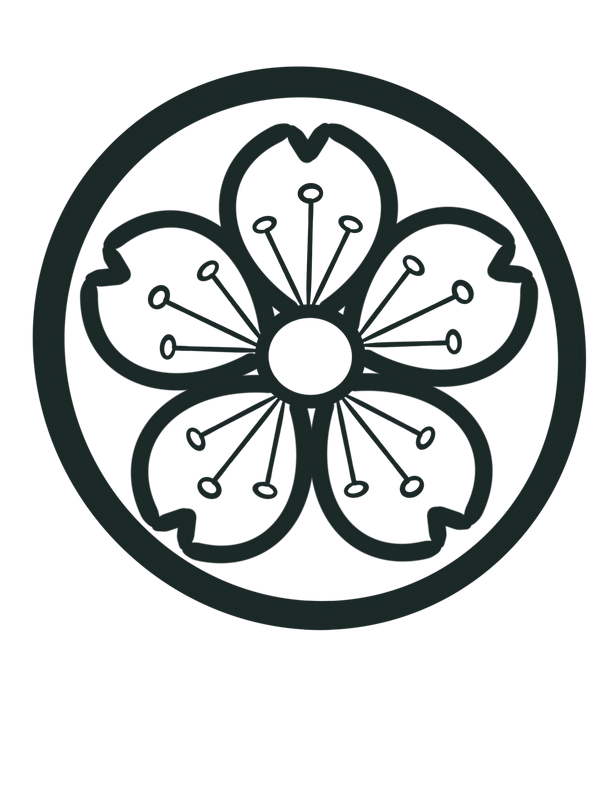Waboripedia Blog

Hattori Hanzō (服部半蔵)
Hattori Hanzō was a historical samurai and ninja commander during Japan’s turbulent Warring States Period (戦国時代 / Sengoku Jidai) through the 15th and 16th centuries; a time of constant warfare...
Hattori Hanzō (服部半蔵)
Hattori Hanzō was a historical samurai and ninja commander during Japan’s turbulent Warring States Period (戦国時代 / Sengoku Jidai) through the 15th and 16th centuries; a time of constant warfare...

Tamamo no Mae (玉藻前)
Tamamo no Mae is a legendary figure in Japanese folklore, known as a beautiful courtesan who concealed her true identity as a nine-tailed fox — a powerful spirit whose nine...
Tamamo no Mae (玉藻前)
Tamamo no Mae is a legendary figure in Japanese folklore, known as a beautiful courtesan who concealed her true identity as a nine-tailed fox — a powerful spirit whose nine...

Kodama (木霊)
Kodama are spirits in Japanese folklore that are said to inhabit ancient trees deep in the mountains, especially in remote forests such as those of the Kii Peninsula in Wakayama...
Kodama (木霊)
Kodama are spirits in Japanese folklore that are said to inhabit ancient trees deep in the mountains, especially in remote forests such as those of the Kii Peninsula in Wakayama...

Fugen Bosatsu (普賢菩薩)
Fugen Bosatsu is the Buddhist Bodhisattva believed to turn Buddhist wisdom into practice, and who embodies Buddhist teachings in action.
Fugen Bosatsu (普賢菩薩)
Fugen Bosatsu is the Buddhist Bodhisattva believed to turn Buddhist wisdom into practice, and who embodies Buddhist teachings in action.

Edomoji (江戸文字)
Edomoji is a bold calligraphic style developed during the Edo period (1603–1868) in what was then Edo, and is now Tokyo.
Edomoji (江戸文字)
Edomoji is a bold calligraphic style developed during the Edo period (1603–1868) in what was then Edo, and is now Tokyo.

Hyakki Yagyō (百鬼夜行)
Hyakki Yagyō, or the “Night Parade of One Hundred Demons,” is a legendary procession from Japanese folklore, first recorded during the Heian period (794–1185) in Kyoto.
Hyakki Yagyō (百鬼夜行)
Hyakki Yagyō, or the “Night Parade of One Hundred Demons,” is a legendary procession from Japanese folklore, first recorded during the Heian period (794–1185) in Kyoto.
